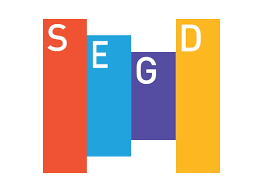ARCHIVE: Category Archive for: ADA
It’s Time to Rethink Signage and Wayfinding for Transportation Hubs
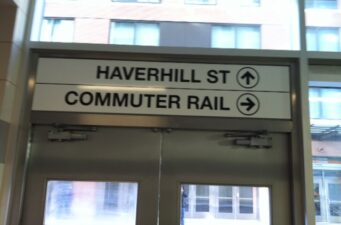
Travel often triggers people’s anxieties, especially when they’re navigating an unfamiliar environment. Signage and wayfinding can help alleviate that anxiety. Not surprisingly, there’s a close connection between transportation hub architecture and environmental graphic design for signs. Poorly designed signs distract and cause confusion. Ideally, the best signage/wayfinding strategies remain unobtrusive— and if you arrive at your destination without remembering the signs that helped you navigate, they did their job effectively and unobtrusively. This article suggests various approaches to the type and use of signage for wayfinding in transportation hubs. Learn more. Read Original Article
How to Effectively Use Safety Signage

ISHN is written for safety and health professionals who direct safety and health programs in high-hazard industrial and construction workplaces.
Signage: Enhancing Environments in a Post-COVID World
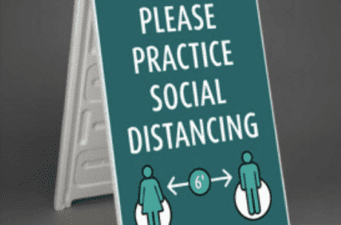
With vaccines readily available and the post-COVID landscape evolving, businesses will continue examining and creating policies to ensure the safety of their employees returning to in-person work — and the safety of customers and visitors, too. In many cases, companies have also recognized the value of offering their employees a hybrid approach: working part-time virtually and part-time in person. This strategy makes sense for companies who’ve incorporated virtual meetings as a complement to in-person meetings with clients and visitors. More than a year of remote work is challenging the way we view traditional work models. A Microsoft 2021 report found 73% respondents desiring flexible, hybrid work options after the pandemic ended, and 66% of businesses indicating a plan to redesign physical
Developing wayfinding systems in museums
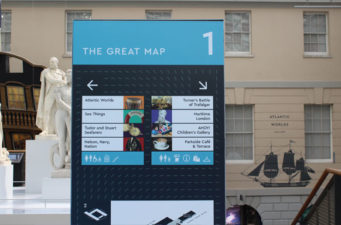
Good museum wayfinding is essential for thepublic to get the most out of a visit to your museum. in this article we look at best practice for museum wayfinding, from signage to
How to Create ADA Compliant Signs
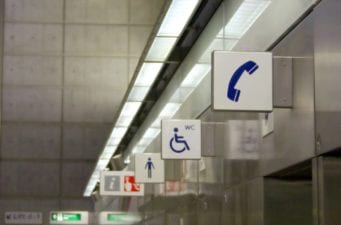
Creating ADA compliant signs involves understanding the ADA’s rules plus following best practices for signage based on the needs of people with disabilities.
Optimizing Higher Education Signage with Metro Sign & Awning
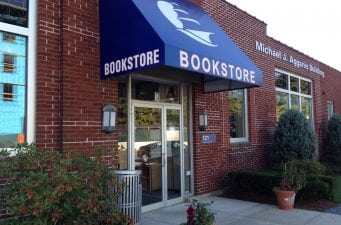
No one likes to get lost! And one of the best ways an institution can help people find their way or get important information quickly and clearly is to employ signage. In fact, signage offers a good tool for higher education settings. Freestanding signs with electronic message center displays (EMC) distribute daily and emergency information efficiently, and wayfinding signs help people navigate campus more easily. Interior signs can reinforce learning by supporting multimedia for lectures or enhance the interdepartmental recognition of student accomplishments by enabling departments to promote their students’ successes. And consistent signage supports both an institution’s branding and elevates its school spirit. Metro Sign has worked with a variety of colleges and universities right here in the heart
Keeping Pedestrians Safe at Fitchburg State – Higher Education Series Post 1
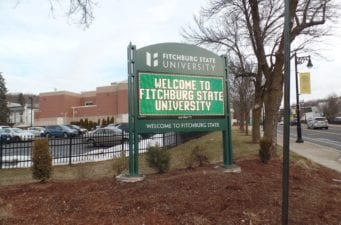
One of the colleges with whom Metro Sign has worked is Fitchburg State — a client for over three years. Some of the college’s first projects included adding need-based interior photopolymer Americans with Disabilities Act (ADA) signs. This initial opportunity led to additional signage projects including wayfinding, monument signs, directories, building identification, and award displays. One important job included the addition of flashing pedestrian signs at crosswalks. College administrators worried that vehicles failed to slow down when students and faculty entered the crosswalks, which could cause a hazardous situation. To keep both vehicle and foot traffic safe, Metro Sign installed environmentally-friendly new pedestrian signs with flashers activated by the press of a button. These solar-powered lights flash visibly to vehicles
Controlling Costs on a Complex UMass Boston Signage Project – Higher Education Series Post 2
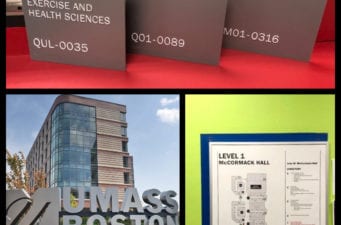
While Fitchburg State needed updated signs that complied with the Americans with Disabilities Act (ADA) regulations and a visually appealing way to celebrate its 125th anniversary, the University of Massachusetts Boston needed interior signage and more as part of its Renovations to Existing Academic Buildings (REAB) project. This monumental project included construction in McCormack and Wheatley Halls, Healey Library, and Quinn. Much of the renovation involved adapting vacant spaces to accommodate programs from the Science Center. Metro Sign’s contribution to the project included providing wayfinding, directories, and ADA compliant signs. UMass Boston initially provided specifications for a higher-end fabrication. When it was determined that the initial sign design would exceed the funds allotted Metro stepped in to help. Understanding the
No Signage Project Too Big at Suffolk University – Higher Education Series Post 3
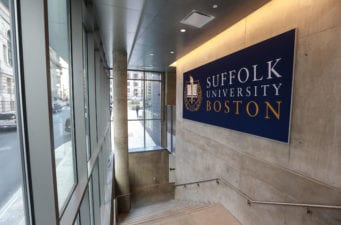
Suffolk University might also share UMass Boston’s philosophy: Go big, or go home. Although Suffolk wasn’t working on a Renovations to Existing Academic Buildings (REAB) project when they called Metro Sign, they did have an unusual project in mind. Among its requirements for new architectural signage, the university wanted to add a 21 panel, 20-foot high wall mural. This high-pressure laminate (HDP) exterior wall mural required considerable engineering expertise and clear communication and coordination to ensure the seal on the curtain wall and panels would fit into the Z-Clip system. Have you ever arrived at a new location and you’re not quite sure where to go? Or you look at the map — often a freestanding sign — and it
Building Relationships at Salem State University – Higher Education Series Post 4
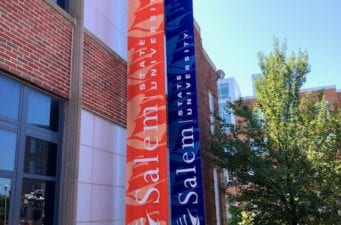
Some partnerships are made to last — and such is the case with the relationship between Metro and Salem State University, a client since 2003. Over the years, we’ve updated or added just about all the college’s campus and Americans with Disabilities Act (ADA) signage. From monument signs and flag banners to wayfinding signs, building identification, directory signs, and pretty much everything in between, we’ve made sure that everything we create fits Salem’s brand. Working in tandem with Salem’s marketing and facilities people on a series of projects over the past 17 years has allowed us to develop the partnership. It’s Metro Sign’s responsiveness and the quality of signs we make that make us the go-to choice for the university.
Categories
- ADA
- Architectural Signage
- Awnings and Canopies
- Branding
- Colleges and Universities
- Community
- COVID-19
- Curated Content
- Customer Spotlight
- Customers
- Deep
- Design/Build
- Digest
- Digital Signage
- Eco-Signage
- Electronic Message Centers (EMC)
- Enclosures
- Exterior Signage
- Fabrication
- Freestanding Signs
- Fun
- Functional Signage
- Green
- How Much Does a Sign Cost
- Industries
- Inside Metro
- Interior Signage
- Legacy
- Legacy-EA 2.0
- Metro Sign
- Metro Sign & Awning
- New England Signs
- Newsletters
- Original Posts
- Others
- Partners-Developers-Contractors
- Professional Signage Installation
- Publications
- Residential Signage
- Sign Design
- Sign Renovation
- Sign Types
- Sign Warranty
- Signage Regulations
- Signage ROI
- Signage Tips
- Vehicle Wrap
- Wayfinding
- Window and Door Graphics
Recent Posts
Tags
Copyright 2022 MetroSign and Awning, All rights reserved | Privacy Statement | Terms of Use
